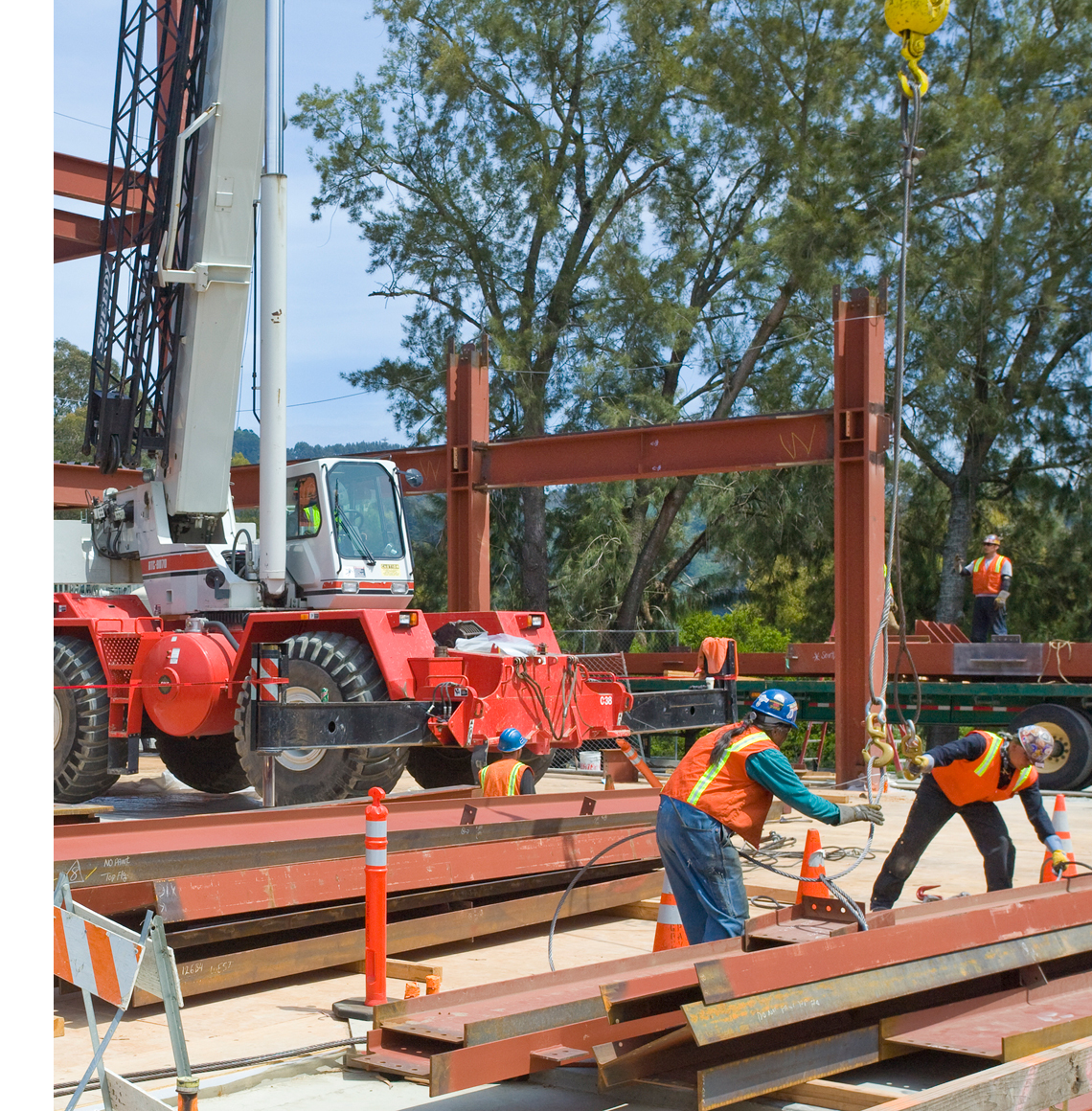Contact: Julie Chao
With the arrival of the first portion of the $115.8 million in federal stimulus funding allocated to Berkeley Lab, work has already started to inject the money directly into the economy. The Lab’s Facilities division, which will receive the majority of the funds, since much of it is slated for laboratory construction and infrastructure, has hired project managers and other personnel and is poised to assign new work to subcontractors.
Almost $70 million will go towards nine construction projects at Berkeley Lab; at the peak it is estimated that these projects alone will generate up to 700 jobs, including local employees and contractors as well as at suppliers in California and around the nation. The money is part of the $1.6 billion in American Recovery and Reinvestment Act funding that was allocated to the Department of Energy’s Office of Science.
“We’re proud to be able to add so many new jobs as a result of this investment,” said Berkeley Lab’s Interim Director Paul Alivisatos. “We anticipate being able to generate even more jobs both within the community and around the country as we put the funds to work to upgrade our infrastructure and purchase equipment to conduct next-generation science.”
The three largest of the nine projects have already been underway: demolition of the Bevatron, an obsolete accelerator facility decommissioned in 1993, slated to receive about $14 million in Recovery Act funds; construction of the Advanced Light Source User Support Building, also getting about $14 million; and the second phase of a seismic upgrade of Lab facilities, $15 million. All are multi-year projects; the boost from the stimulus funding will allow the projects to finish as much as a year earlier than scheduled. The ALS User Support Building as well as the modernization of Building 74 are designed to achieve certification as high-performance green buildings.
Another project getting stimulus money is a laser-based accelerator facility called BELLA, the Berkeley Lab Laser Accelerator. BELLA was allocated $19 million, of which about $7 million will go to Facilities for improvements to Building 71, such as building a clean room for the laser. With its ability to delivery enormous energy boosts to charged particles over extremely short distances, laser-based acceleration technology could be the future of high-energy physics.
The remaining five construction projects would likely not have been possible without Recovery Act funding and will go a long way towards accelerating research projects in materials science, solar energy, and nanoscience. Buildings 62 and 66 will get an extensive upgrade of lab space and infrastructure. Other projects are to replace the failing transformer at the Grizzly Peak substation with a modern energy-efficient transformer and upgrade Buildings 2 and 6 (the ALS). All five are expected to be completed in 2010 or early 2011.
“The $16.3 million for these five smaller projects will allow the Lab to refocus its budget to additional high-priority needs,” said Jim Krupnick, the Lab’s Chief Operating Officer.
Of the estimated 700 new jobs created by these nine construction projects, about half will be on-site at the Lab, including staff and contractors, and the other half will be off-site, including workers who supply the transformer, building materials and other equipment to be used in the construction.
In addition to the construction projects, also included in the $115.8 million for Berkeley Lab is a portion of the $69 million that is being directed towards the creation of a prototype high-speed data network that will enhance the Office of Science’s networking capabilities and benefit the commercial telecommunications sector.
